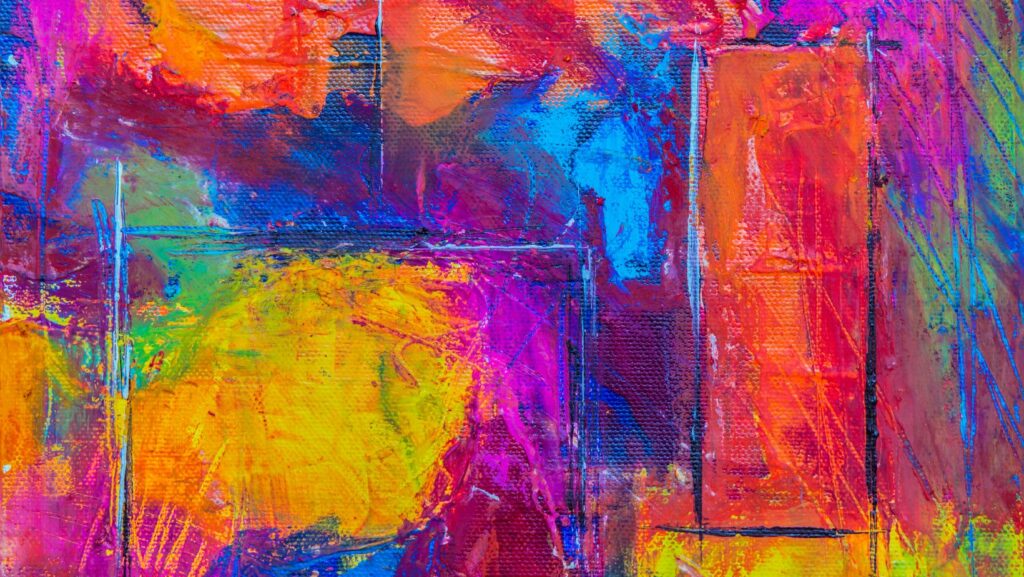Cinematic Paintings

In the world of art, where boundaries blur and creativity knows no limits, cinematic paintings stand as a testament to the fusion of visual storytelling and traditional artistry. These works of art captivate audiences by transporting them into a realm where the brush meets the lens, creating scenes that echo the grandeur and emotion of the silver screen. With their dynamic compositions and dramatic lighting, cinematic paintings invite viewers on a journey through imagined narratives and breathtaking landscapes.
Artists who delve into this genre often draw inspiration from iconic films, capturing the essence and mood of a pivotal moment with a single stroke. The result is a captivating blend of realism and imagination, where each painting tells a story as vivid and compelling as any movie. As cinematic paintings continue to gain popularity, they offer a fresh perspective on how art can evoke emotions and ignite the imagination.
Understanding Cinematic Paintings
Cinematic paintings seamlessly merge elements of film and fine art, creating a distinct visual language. These artworks utilize composition and lighting techniques common in cinema, such as dynamic angles and chiaroscuro effects, to craft a compelling narrative within a single frame. By borrowing from the storytelling methods of film, these paintings invite viewers to explore intricate scenes that evoke motion and emotion.
Key characteristics of cinematic paintings include vivid realism and imaginative themes. Artists often focus on capturing dramatic moments that create tension and intrigue, inviting audiences to infer the broader story. This approach enhances engagement as observers fill in narrative gaps with their imagination, akin to translating a scene from a movie.

Color palettes in cinematic paintings enhance mood and atmosphere. By employing shadows and highlights strategically, artists guide the eye to focal points, mimicking the visual cues seen in movies. This technique not only adds depth and dimension but also accentuates the central themes, heightening the viewer’s emotional response.
In addition to technique, content plays a pivotal role. Cinematic paintings span genres, from sci-fi to historical epics, providing a wide canvas for expression. This diversity mirrors the broad spectrum of film, allowing each piece to resonate uniquely with each viewer.
Historical Context
Cinematic paintings owe much of their development to the intersection of film and art, reflecting innovations and cultural shifts over time.
The Intersection of Film and Art
The blending of cinematic techniques with fine art began in the early 20th century. As cinema evolved, directors and artists explored new ways to depict motion, light, and narrative. This intersection enabled visual storytelling to incorporate static yet expressive imagery. Artists started mimicking film’s dynamic angles and dramatic compositions to convey movement and energy in a single scene. Film noir’s chiaroscuro lighting further influenced artists, introducing strong contrasts and deep shadows into their works. The ongoing dialogue between these mediums expanded as technology advanced, allowing for greater experimentation in digital and traditional formats.
Influential Artists and Movements
Several artists and movements played pivotal roles in this artistic evolution. The Futurism movement, thriving in the early 1900s, emphasized speed and motion through geometric forms and bold lines, which aligned closely with the burgeoning film industry. Later, artists like Edward Hopper infused cinematic qualities into their work by capturing atmospheric moments reminiscent of film stills. In contemporary times, digital artists have pushed the boundaries of the genre, utilizing software to create hyper-realistic scenes that mirror cinematic visuals.
Key Characteristics
Cinematic paintings combine visual techniques to craft compelling narratives and evoke emotions. These artworks capture viewers’ attention using several distinctive elements.

Cinematic paintings excel in storytelling through visual elements, focusing on dynamic compositions similar to film stills. Artists use perspective and framing to draw the viewer’s attention to key story elements, creating a sense of depth and immersion. By highlighting pivotal moments, they invite viewers to engage with the implied narrative, making the canvas an interactive storytelling medium. Techniques like chiaroscuro and foreshortening enhance the drama and tension within the scene.
Light and shadow play crucial roles in defining the mood and atmosphere of cinematic paintings. Through strategic lighting, artists emphasize particular areas of the painting, guiding the viewer’s gaze and intensifying emotional impact. Shadows create contrast and depth, adding layers to the storytelling. This manipulation of light and darkness draws inspiration from techniques used in cinema, enhancing realism and providing a visceral experience. Effective use of chiaroscuro heightens drama and directs focus, mirroring the atmospheric quality found in films.

